Craft spirits are experiencing a unique moment thanks to the craft revolution. Because the craft movement has also reached the hard liquor industry.
Out of the pioneering culture of wine and its close association with connoisseurship, combined with consumers who want to know exactly what they are drinking, came the craft beer movement with independent new creations made using traditional methods. And we all know very well that it is here to stay.
Now it’s time for spirits to undergo the same transformation with a new group of craft spirits that includes gin, vodka, rum, a long list of liqueurs and whisky.
Propositions that are gaining ground and have become a trend thanks to certain market niches, such millennials interested in enjoying options with alcohol, who are demanding new flavours and to keep up with and be well informed about the ingredients and detailed traditional production methods of these formulas.
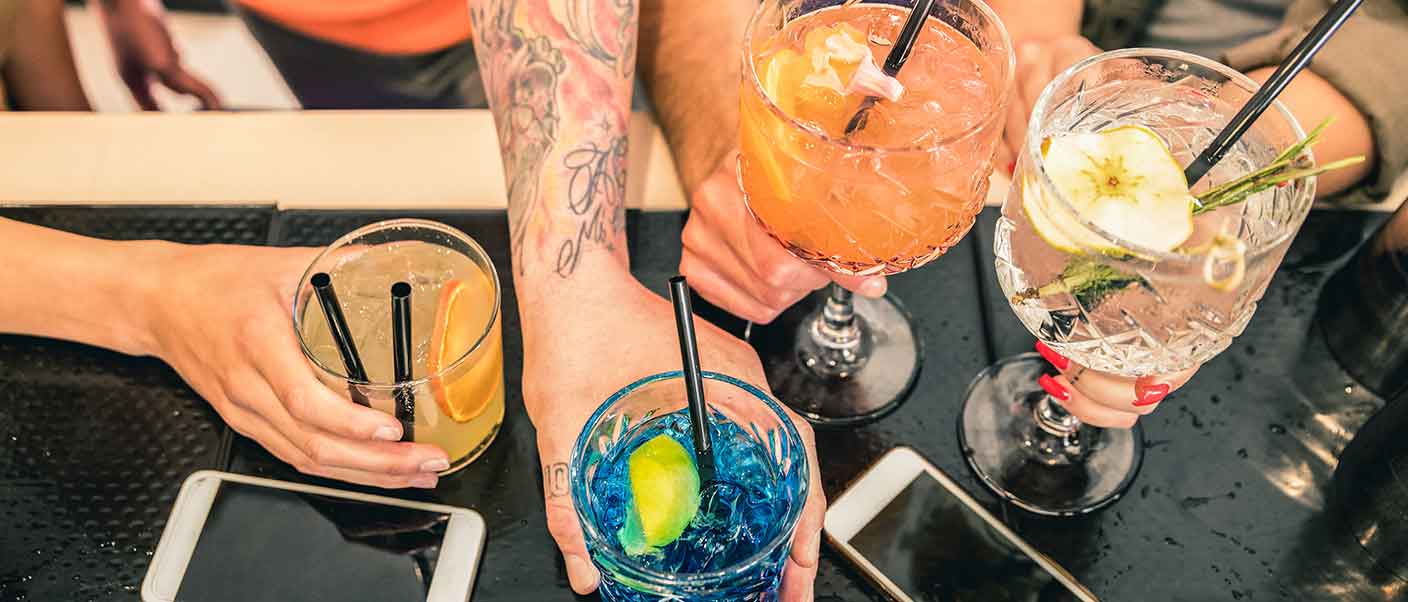
The public is now very aware that the more people know about a beverage, the more highly valued it is and the greater their willingness to pay for it.
Completing the picture… the premium spirits category is gaining ground thanks to this new subgroup of craft premium spirits.
Craft spirits, a growing trend
Craft spirits are an unstoppable and widely extended trend in the United States.
Now it’s hitting Europe with the same force. It’s a return to classic processes, to craftsmanship, the most genuine expression of a place and its way of developing and making products, a trend that reemerged in places like Texas and that has been spreading gradually to the point of crossing the US border.
In the usual distillation processes, the base is fermented alcohol, which needs to pass through a secondary process to acquire the strongly alcoholic aspect characteristic of spirits, where additional alcohol is separated out through evaporation and condensation, as yeast cannot survive very high concentrations of alcohol.
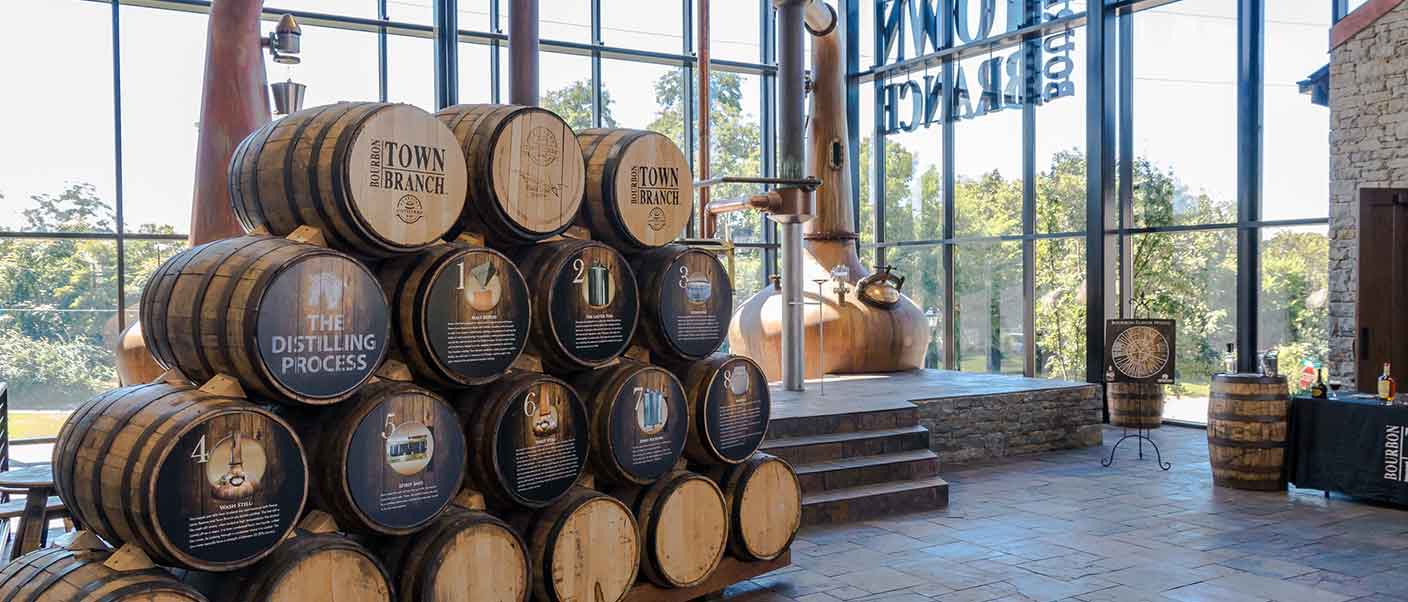
For a spirit to be classified as craft, it must have at least one of the following characteristics:
- Distilled in smaller batches.
- Produced by small independent businesses.
- Made using painstaking processes.
- The ingredients are of very high quality and traditional methods are used.
There are times that this craft liqueur designation is associated with the fact that the product comes from a certain place.
Where craft spirits are going
Although most trends come and go, producers’ interest in launching new craft spirits is acquiring considerable momentum.
Despite the generalized standstill caused by the world pandemic, with the resulting impact on the spirits industry, the future and the new normal, both heavily dependent on immunity through vaccination, presents a very promising new horizon for this sector to gain ground.
According to IWSC, in 2019 the sector accounted for nearly 4.8% of the entire spirits market and, at this rate, it could reach 7.8%.
The latest trends for 2021 point to:
- Increased premiumization
Drinks like whisky, rum and tequila are leading the way towards a transition to higher tier of expert drinkers interested in appreciating the quality and how the product is made.
Packaging design and the level of creativity also play a major role in the eyes of the consumer, who is quite demanding in terms of the information and quality level expected in each type of spirits.
- Revolution in how spirits are distributed and consumed
The way the product reaches the end consumer has changed, and it involves more than just packing and logistics with suitable transport or the use of appropriate and permissible shipping methods.
It is predicted that the phenomenon of take-away cocktails as a lifeline for bars and restaurants and home preparation will continue for at least a bit longer.
- Training as an opportunity for distilleries and producers
There are more and more groups of users interested in learning about spirits—about how they are made and tasting them—who want to be able to identify the different nuances and know more in general about all the types.
Online platforms and tastings can be a resource for this type of training and courses, with the aim of ultimately increasing sales of these products.
Craft distilleries in the world
The reality is that craft spirits extend well beyond their place of origin.
Borders have opened and it is now possible to enjoy a craft vodka made in other places, for example the United States, as a point of reference for craft spirits with the same or greater quality than the one we can try in Russia.
Some examples include Western Son, whose co-founders, Evan Batt and John Straits, with extensive experience making Russian vodka, decided to create their own artisanal one.
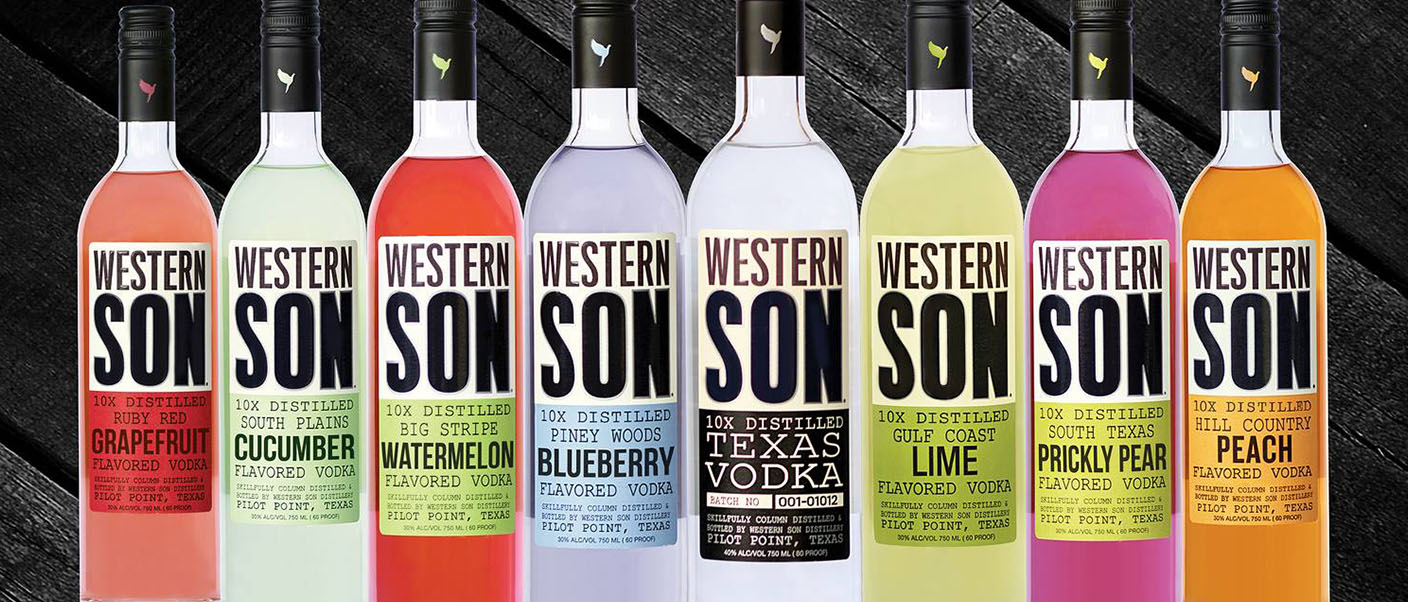
Inroot Republic, ferments, distils, ages and bottles its whiskies in Denison (Texas). Its exquisite offering includes a pair of bourbons and a limited-edition corn whisky.
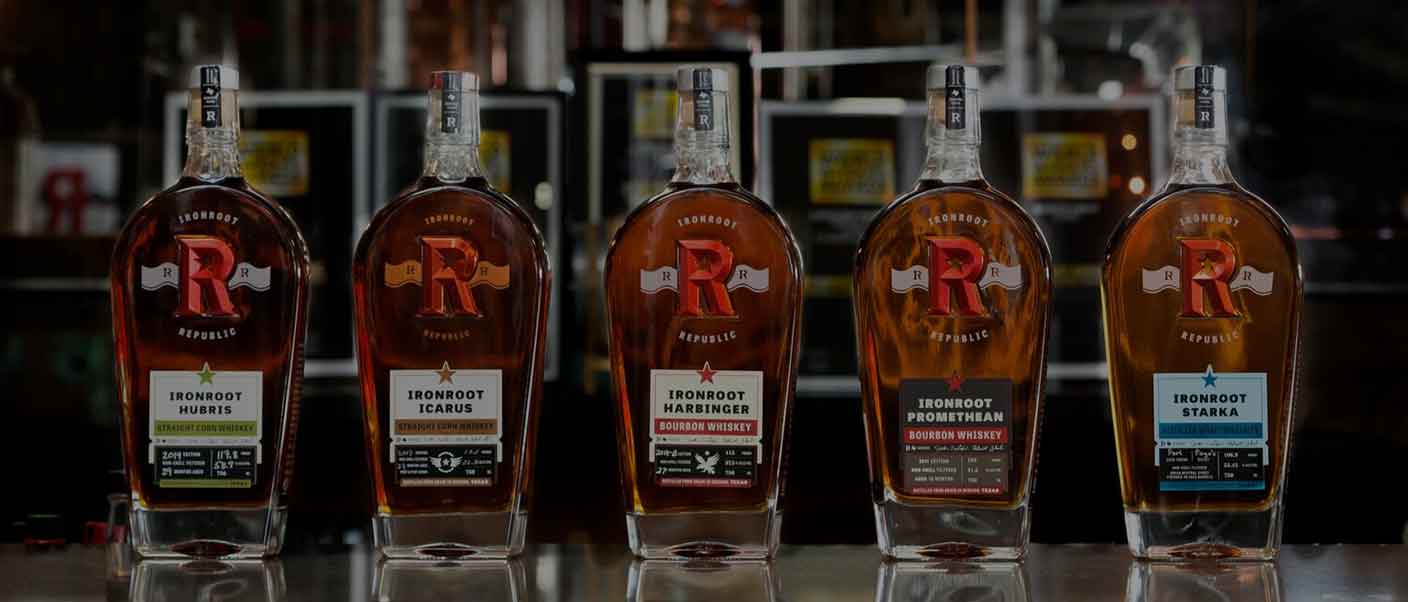
Ron Bayou is a premium rum made in the United States that has won over 122 international prizes.
The state of Louisiana has a centuries-old tradition of growing sugar cane.
Craft spirits in Spain
Production of distilled beverages is also forging ahead in Spain.
The Galician DStills brand, a pioneer in the growth of craft spirits in our country, has started to expand this trend by opening several establishments for local consumption.

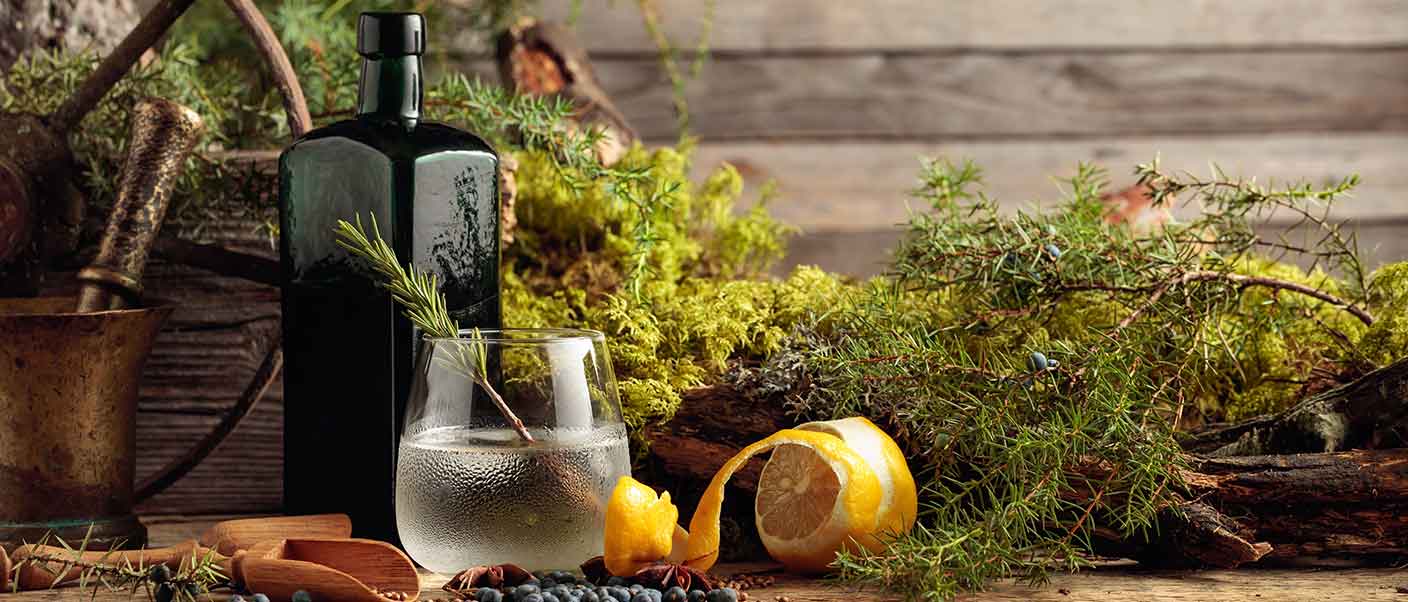



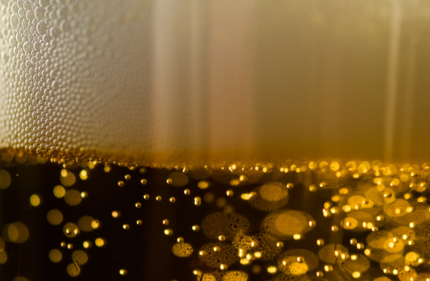

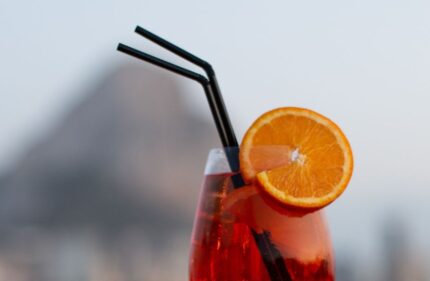
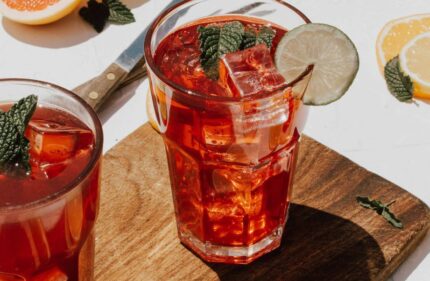

Comments